
Myrtle Beach is a naturally dry and warm place and lately we have been in a drought. If your yard plants are drying up rather than growing, the issue may come from your soil. Several passionate amateur garden enthusiasts think that any type of soil trouble could be dealt with by including organic matter. However, this is not the case as it is very important to first determine the particular nature of the issue prior to finding the best lawn care solution. You will also need a lot of patience since putting back bad soil takes some time.
Five Ways To Fix Bad Soil To Help With Your Myrtle Beach Landscaping Task
- Soil Evaluation
Having your soil tested and evaluated is a good place to start. This could be done by sending an example to your Myrtle Beach county extension service for a free or minimal charge. The result will give you various information including your soil’s acid level, pH balance, and nutrient as well as trace element levels, among others. You will also get lawn maintenance recommendations on how to fix your soil by including ideal quantities of lime as well as plant food, are supplied.
When you understand exactly what your soil requires, you could include it for the following growing period.
- Moisture control
Conway lawn care professionals suggest that garden soil only needs a good amount of moisture during the dry summer season and in naturally dry areas like South Carolina. Either utilize rain water for moisture or make use of compost to secure your dirt from dehydration. Watering too much might be harmful as wet soil denies the roots from taking in oxygen.
- Decrease Erosion
Natural forces such as the wind, rainfall, and hail could erode your yard. You can minimize its effect by rotating plants and using polyculture to replicate an all-natural plant environment.
- Practice Soil Aeration
Another tip from lawn care specialists is aeration, which enables better flow of air, water, and also nutrients in your soil. Tilling, on the other hand, is a much more extreme activity that might be needed if the soil is exceptionally clayey or compact.
One thing you can do to maintain your soil aerated is to include earthworms. But since earthworms also need food, introduce them after aerating your soil.
- Introducing organic matter
Well balanced natural garden compost, which will certainly include abundant nutrients to the yard, does best when it is extensively incorporated into the dirt instead of simply laid on top of the surface area.
When you are taking care of the sandy soil, blending in coir (dried out coconut husk fibers) along with the garden compost will certainly help with water retention. Nitrogen-rich garden compost is recommended if revealed in your soil evaluation. To enhance your yard with other minerals, make use of kelp, volcanic rock powder, or greensand.
Fix bad soil immediately, if you need help in your Conway or Carolina Forest landscaping project, call Conner’s Lawn Care Service.
Conner’s Lawn Care Service
Myrtle Beach, SC
843-504-4901
http://connerslawncare.com/
 The peak of summertime heat is here– can your
The peak of summertime heat is here– can your 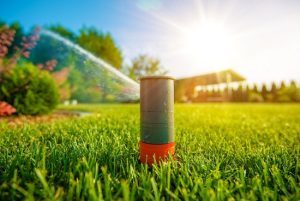 Spring
Spring 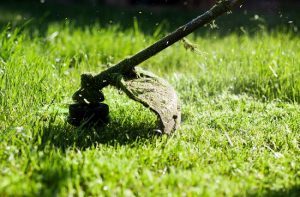 Keeping your lawn healthy and lush needs attention all throughout the year. Knowing what you can do and when you should do it is an important part of
Keeping your lawn healthy and lush needs attention all throughout the year. Knowing what you can do and when you should do it is an important part of 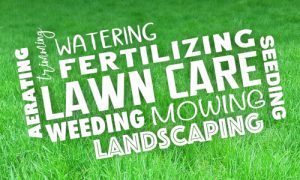 Maintaining a great looking lawn can be a big task since it needs trimming, cutting and fertilizing. If you want to leave it to the professionals, why not go for a reliable
Maintaining a great looking lawn can be a big task since it needs trimming, cutting and fertilizing. If you want to leave it to the professionals, why not go for a reliable 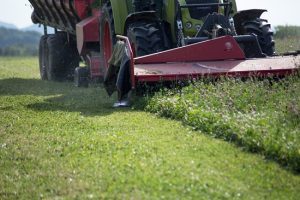 Lawn mowing can appear like a naturally easy
Lawn mowing can appear like a naturally easy  When budgeting for your
When budgeting for your  Although ants aren’t considered to be dangerous pests, they can cause significant damage to turf grass. It is important to control ants in lawns where they cause root damage and unappealing mounds. Such colony insects can come in huge numbers, creating intricate labyrinths within the grass roots. Here are some
Although ants aren’t considered to be dangerous pests, they can cause significant damage to turf grass. It is important to control ants in lawns where they cause root damage and unappealing mounds. Such colony insects can come in huge numbers, creating intricate labyrinths within the grass roots. Here are some 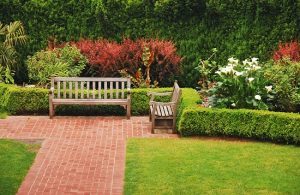 Many gardeners consider
Many gardeners consider  The majority of people fertilize their lawns with a single application in spring followed by a few more during the growing season.
The majority of people fertilize their lawns with a single application in spring followed by a few more during the growing season.